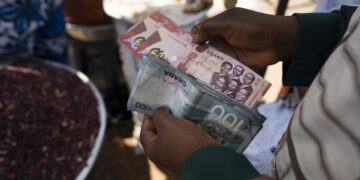Introduction
The 2021 first quarter (Q1) fiscal outturns show low revenues against higher spending from 2020, likely resulting in larger budget deficits, borrowing, and public debt.
The targets are achievable since they reflect past sluggish Q1 trends and, hence, may be a factor in Fitch’s recent downgrade to B negative (B-). It follows Moody’s move and deepens alerts by the IMF, World Bank, African Development Bank (AfDB) and other agencies.
The article is based on recent fiscal data from the Ministry of Finance (MOF) and Bank of Ghana (BOG). It compares the original and adjusted Budgets for 2019, 2020 and 2021 with the provisional actual outcomes, including the exceptional costs (i.e., bank bailout costs) that GOG shows as budget footnotes or memoranda items from 2017.
Read: LATAM: South American Airline’s bankruptcy protection extended to September
The worsening outturns are due to wage, and debt service, notably interest payment, pressures—some of which preceded the COVID-19 shocks. They continue to deepen into 2021, despite the US$250 million Stabilization Fund drawdown, and significant IMF US$1 billion loan relief and US$1.7 billion deficit-financing by BOG (a departure from its zero-financing stance).
Peruse details of document below:
2021 Fiscal Performance by Fuaad Dodoo on Scribd








